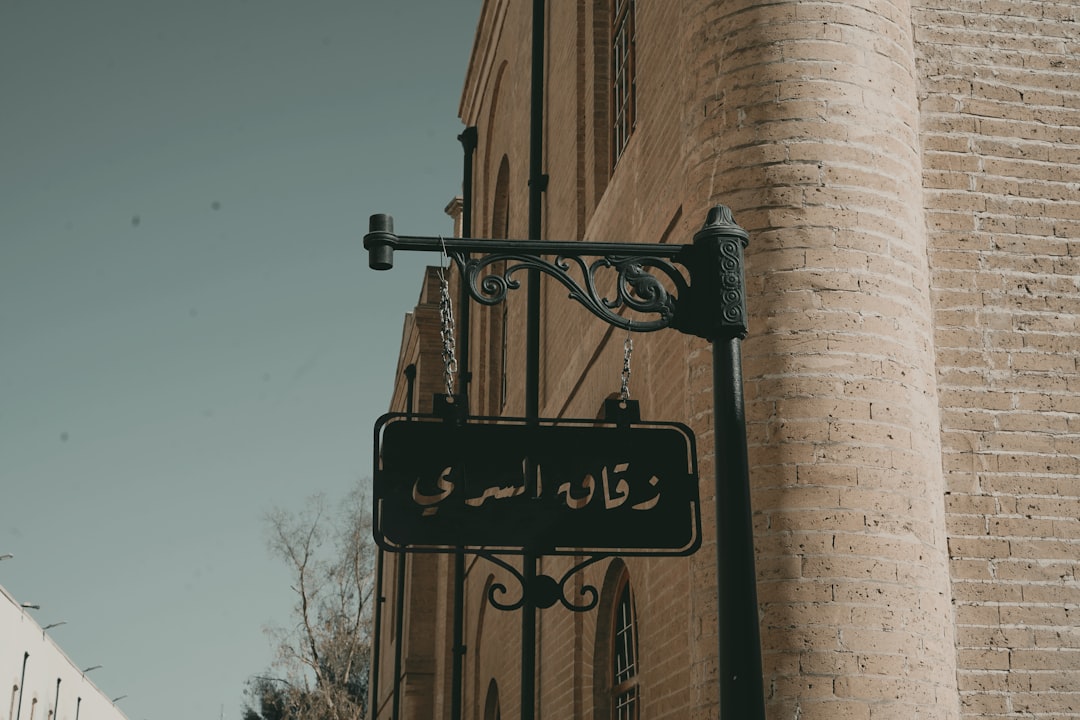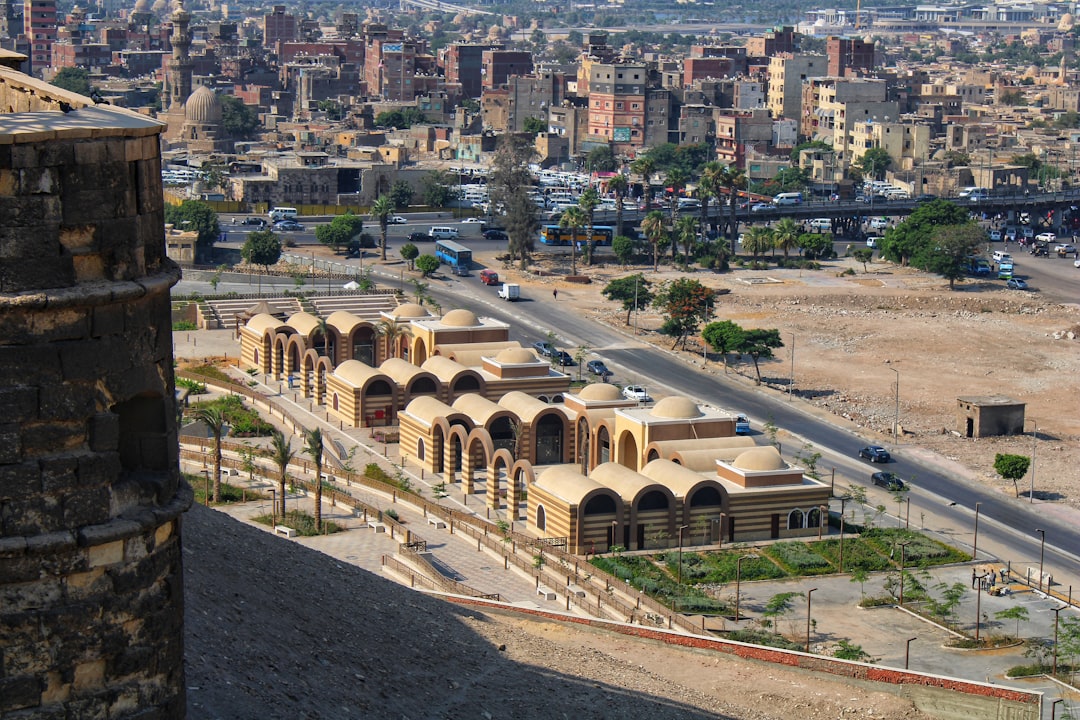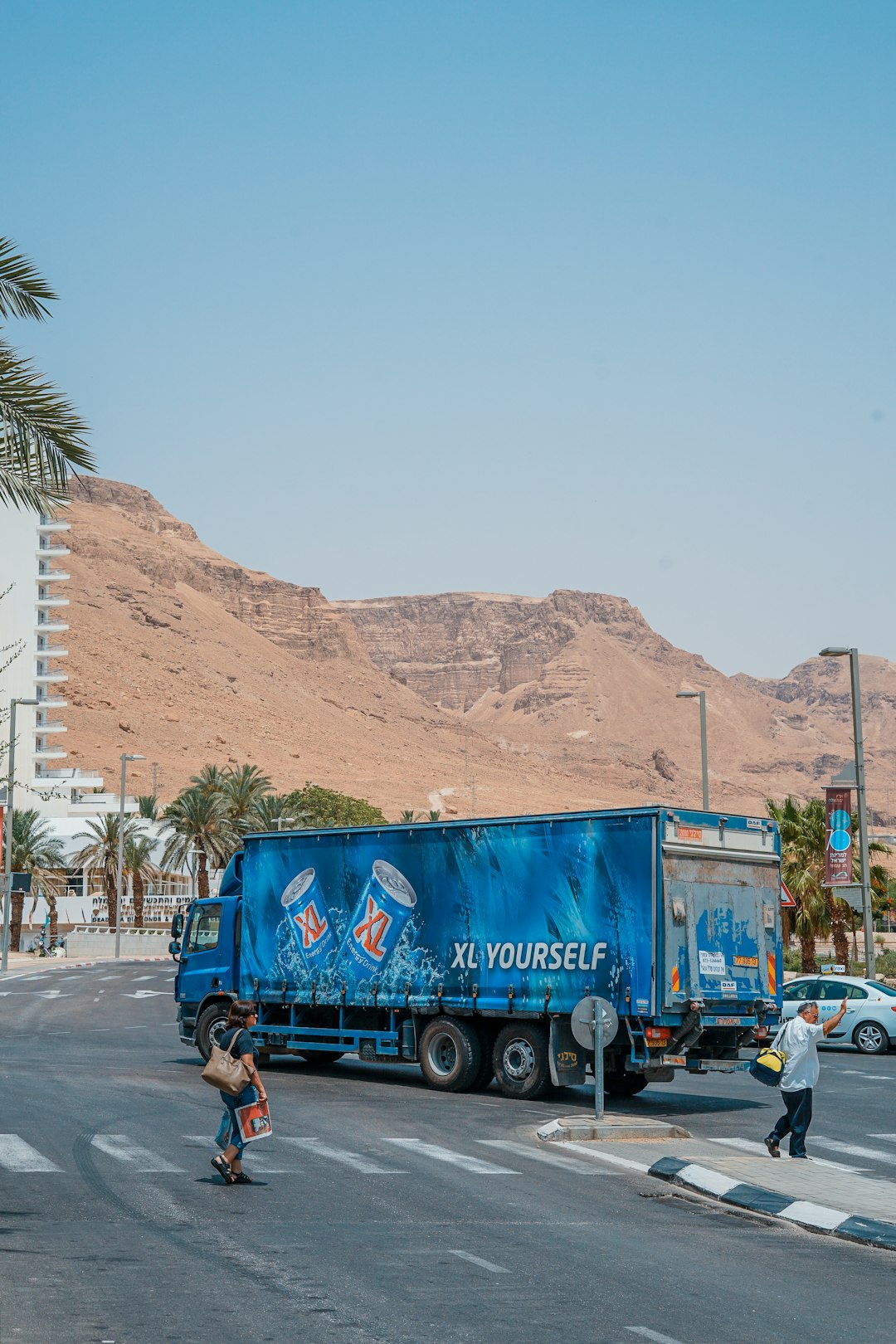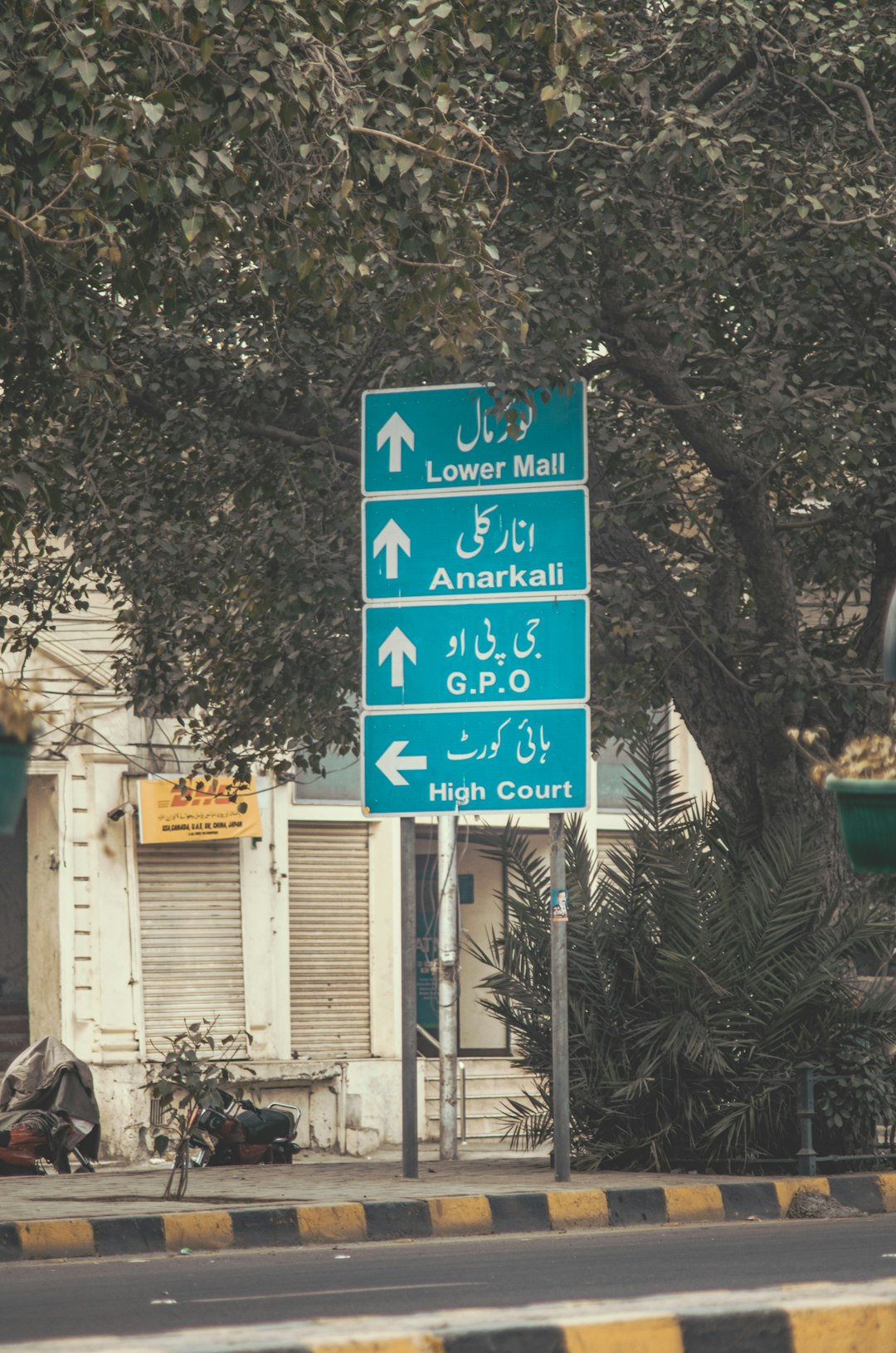When navigating the busy streets of Cairo or trying to ship a package to Alexandria, understanding Egypt’s unique address system is more than a convenience—it’s a necessity. Visitors, expatriates, and even some locals often find themselves scratching their heads over how addresses are written, pronounced, or even found on a map. The intricacies lie in a web of language differences, transliteration challenges, and geographic quirks that make the Egyptian addressing system a fascinating study.
The Foundation: Language and Structure
Egyptian addresses are primarily written in Arabic, the country’s official language. This makes sense culturally and historically, but presents some complexities for non-Arabic speakers. An Egyptian address typically follows a hierarchical structure, much like in Western countries, but with a few twists:
- Building number (رقم العمارة)
- Street name (اسم الشارع)
- District or neighborhood (الحي)
- City (المدينة)
- Governorate (المحافظة)
However, unlike other countries with standardized zoning systems, Egypt relies heavily on local knowledge and informal references. For instance, instead of saying a precise street and cross-street, a resident might describe an address as “behind such-and-such mosque” or “next to the kiosk with the green awning.”
Language Barrier: Arabic vs. Latin Script
One of the biggest hurdles in the Egyptian addressing system is the coexistence of Arabic and Latin scripts. Address information is often available in Arabic script only. While this is not an issue for Arabic speakers, it becomes problematic for tourists, foreigners, and digital navigation tools that rely on Latin characters.
Moreover, the Arabic language does not have a standardized system for converting its sounds into English. Which brings us to our next major point…
Transliteration: A Multitude of Spellings
Transliteration is the process of converting Arabic characters into the Latin alphabet so that non-Arabic speakers can read or pronounce them. This sounds simple in theory—but in Egypt, a single Arabic word may be transliterated in several ways. A good example is the Arabic letter “خ”, which may appear as “kh” or “x.”
Take for example the popular district of “مصر الجديدة”:
- Misr El Gedida
- Masr El Gedeeda
- MISR EL-GEDIDA
All are correct, yet none are universally accepted. This lack of standardization can cause complications with deliveries, navigation apps, and even official governmental paperwork.

This dilemma also affects the names of streets and neighborhoods. For example, “شارع التحرير” could be written as “Tahrir Street,” “El Tahrir St.,” or even “Sharia Tahrir.” To make matters more complex, templated address forms on international websites often fail to accommodate Arabic characters, requiring users to guess the most acceptable transliteration.
Local Slang and Informality
In Egypt, people often describe locations using landmarks rather than standardized addresses. Locals might say something like:
- “The building next to the Vodafone store.”
- “Opposite the old cinema.”
- “Behind Al-Azhar University, near the roundabout.”
This informal approach works because residents are intimately familiar with their surroundings. However, for outsiders—and for digital applications like GPS and mapping software—it creates confusion. Google Maps may not recognize “next to the mango tree behind the mosque,” no matter how iconic the location is to neighborhood residents.
Pinning Down the Address: Digital Challenges
As digital technologies increasingly mediate our interaction with the physical world, Egypt’s irregular address patterns pose interesting challenges. While apps like Google Maps, Uber, and Talabat (a popular food delivery app) have made strides in adapting to the Egyptian landscape, inconsistencies still abound.
One popular workaround that Egyptians have adopted is the use of GPS pinning. Rather than type out a full address, users often drop a pin on a digital map and send it via WhatsApp or a similar messaging service. This is incredibly effective within social contexts, but isn’t always compatible with more formal systems that require textual address input.
The rise in smartphone penetration (around 60% as of 2023) means that for many Egyptians, a dropped pin speaks louder than a few poorly transliterated words. In real estate listings, you’ll often see: “Location available via pin.”

The Role of Postal Services
Egypt Post, the national postal authority, has worked to formalize the address system. Yet, inefficiencies and outdated infrastructure often lead to eroded trust in postal accuracy. Many Egyptians avoid using traditional mailing options for anything important, preferring courier services that offer more accurate tracking and delivery confirmations.
Private logistics companies like Aramex and DHL have developed their own databases and often require extra clarification from the sender or recipient to ensure successful delivery. They’ll often call ahead to double-check if the address is “next to the bakery with the blue sign.”
Cultural Context in Addressing
In Egypt, addressing also reflects subtle elements of class and culture. Phrases like “compound” refer to gated residential communities primarily for upper-class residents, while areas referred to simply by district names (e.g., “Shubra” or “Imbaba”) carry socio-economic connotations. Whether you’re writing or reading an address, understanding these layers can provide more context than you might imagine.
Buildings don’t always have clear numbers, especially in older areas. Some might use apartment numbers not legally registered with municipal authorities. In the case of a building with mixed residential and commercial use, discovering the exact suite can require speaking with a bawab (doorman or caretaker)—a fixture in Egyptian urban life who often knows everything about the building’s occupants.
Looking Ahead: Modernization and Smart Solutions
Efforts are underway to modernize the Egyptian address system. The government has started implementing a national addressing initiative to establish standardized postal codes and digital identifiers for buildings. This includes the use of Geographic Information System (GIS) technologies to map every corner of the country effectively.
Yet progress is slow and intermittent. To truly modernize its addressing framework, Egypt will need:
- Greater transliteration consistency across public and private sectors
- Integration with digital platforms and mapping systems
- Public education and adoption of formal address notation

Conclusion
The Egyptian address system is both charmingly human and frustratingly inconsistent. It’s a beautiful mosaic of language, informality, and local color. Whether you’re navigating via dropped pins or trying to decode transliterations across three different apps, one thing is certain: Egypt’s address nuances are a definitive example of how culture and technology intersect in the real world.
For digital platforms, businesses, and travelers alike, understanding these nuances isn’t just a logistical necessity—it’s a key to unlocking a deeper connection with Egyptian society itself.


